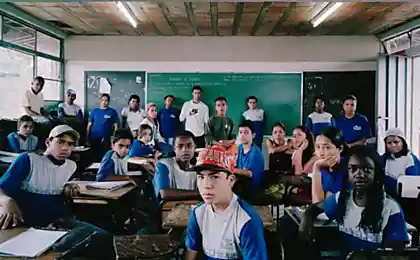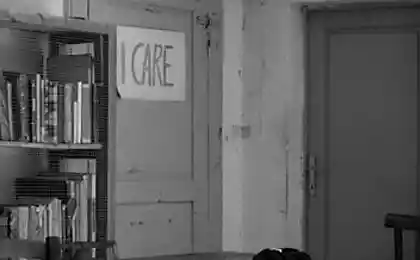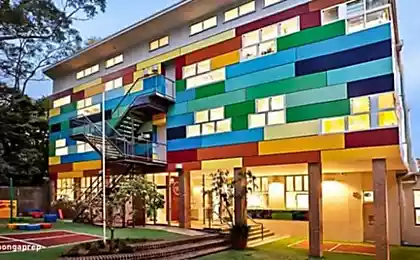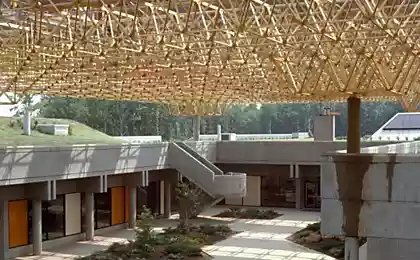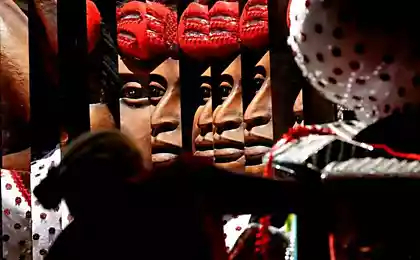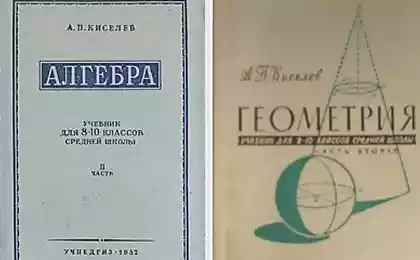135
Students of the Soviet school solve the example in 1 minute
We have repeatedly talked about the importance of regularly giving the brain a variety of loads. After all, everyday routine clearly does not affect even the most intelligent person in a positive way.
And solving various problems, puzzles and examples helps to keep yourself in good shape. And you'll always know, How to explain mathematics to a childIf this important science for some reason will not be given to him.
So today's editorial office. "Site" It offers some more interesting examples. Perhaps for round excellent students there is nothing archicomplex. However, they can also make a mistake. And there is nothing to say about yesterday's C-listers - it will be a difficult test for them.

How to explain mathematics to a child
Tips and solutions
Share your answers in the comments. And also solve our more complex examples to consolidate success. Or try to solve the tricky puzzles that we published the other day.
And solving various problems, puzzles and examples helps to keep yourself in good shape. And you'll always know, How to explain mathematics to a childIf this important science for some reason will not be given to him.
So today's editorial office. "Site" It offers some more interesting examples. Perhaps for round excellent students there is nothing archicomplex. However, they can also make a mistake. And there is nothing to say about yesterday's C-listers - it will be a difficult test for them.

How to explain mathematics to a child
- The first example doesn't look daunting. But this is a misleading impression, because mistakes are often made here. Try to see all the pitfalls to give an unambiguous and correct answer.
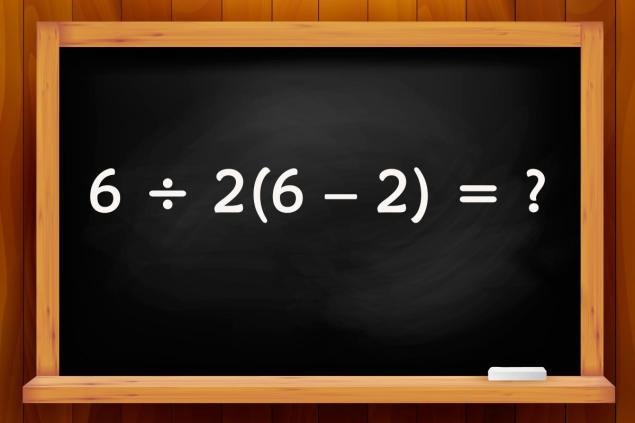
- In the second task there are no brackets, but here you will have to deal with decimal fractions. And if multiplication most readers are able to master, then what about dividing by fraction? Remember the necessary mathematical rules? Try to remember to set an example.

- Double brackets can confuse many. And since they need to be disclosed anyway, this can be a serious problem. Can you manage to give the right answer?
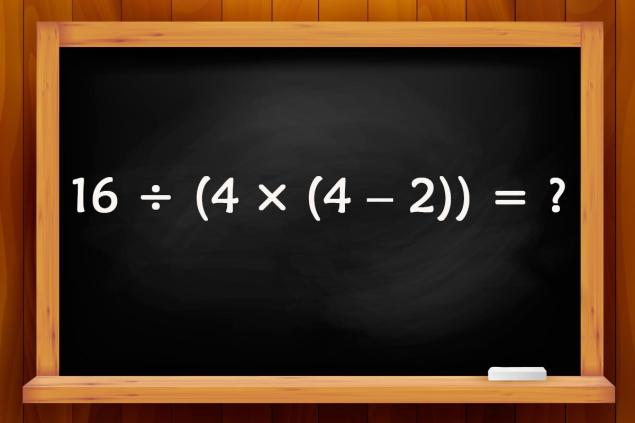
Tips and solutions
- Here we first perform arithmetic actions in brackets, and then move from left to right. Then 6 ÷ 2(6 – 2) = 6 ÷ 2 × 4 = 3 × 4 = 12.

- Multiplying by 0.5 is like dividing by 2. Dividing by 0.5 is like multiplying by 2. So we get 5 × 0.5 + 5 ÷ 0.5 = 5 ÷ 2 + 5 × 2 = 2.5 + 10 = 12.5.

- The last example is similar to the first, but the double brackets turn the situation around. After all, you will first have to perform all arithmetic operations in double brackets, and only then divide. Therefore, 16 ÷ (4 × (4 - 2)) = 16 ÷ (4 × 2) = 16 ÷ 8 = 2.
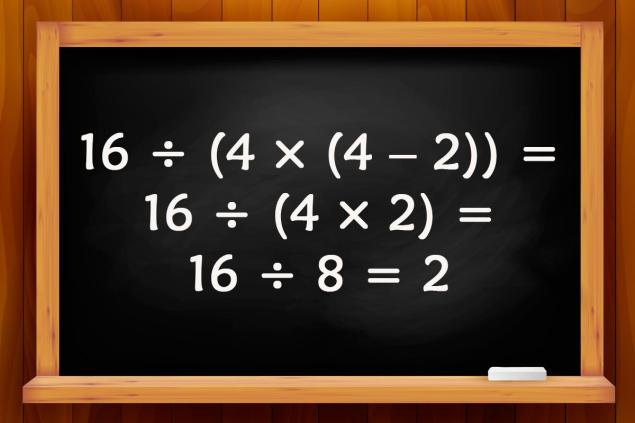
Share your answers in the comments. And also solve our more complex examples to consolidate success. Or try to solve the tricky puzzles that we published the other day.
Husband demands this dessert every other day, it's good to make it easy.
Transcarpathian dumplings "Giluna" with meat and squarks, are tastier than dumplings













